Editor || Vaishnav Prakash
I still remember the first time I opened the mailbox and saw a shiny new credit card with my name engraved on it. I hadn’t asked for it. In fact, I had no idea it was coming, but there it was—inviting me to spend, to swipe, to buy now and worry about paying later. I thought it was a mistake at first, but as I learned later, this unsolicited arrival wasn’t uncommon. Banks in the late 20th century loved to mail out credit cards in the hopes of getting more people into the world of borrowing. What seemed like an innocent convenience at the time was part of a much larger story—one that has shaped the American economy for centuries.
The Industrial Revolution and the Birth of Consumer Credit
Imagine living in the American colonies where metallic currency was always in short supply. There wasn’t enough gold or silver to go around, so people turned to borrowing. Farmers, for example, would buy goods “on account,” planning to repay their debts when their harvest came in or when they had a bit of extra money. In this way, credit became an essential lifeline, helping early Americans manage the gap between income and expenses.
I found it fascinating that even before the U.S. became the industrial powerhouse we know today; the seeds of household borrowing had already been planted. The absence of cash meant that people learned to rely on credit, and this practice of buying now and paying later has continued to evolve into what we see today.
Fast forward to the 19th century, and we see a massive shift as the American economy moved from agriculture to industry. Workers started earning regular wages, which opened the door to new forms of consumer credit. Companies selling durable goods like sewing machines, pianos, and cars developed instalment plans, allowing people to make small down payments and repay the balance over time. Suddenly, goods that were once considered luxury items became accessible to the average worker.
It’s interesting to think about how credit at that time wasn’t necessarily seen as a way for lenders to profit. Instead, it was a tool to sell more goods. Department stores followed suit by introducing charge accounts, allowing affluent customers to borrow without paying interest as long as they repaid their balance each month. These charge accounts came with metal tokens or plates – the early ancestors of today’s credit cards.
The concept of mass consumer credit didn’t just make life more convenient for individuals; it also became an essential part of the economy. With instalment credit and charge accounts, demand for goods surged. This led to increased industrial production, more jobs, and, in turn, more consumer demand. It was a cycle that benefited everyone – at least for a while.
But, as with anything that grows too quickly, there were warning signs. Critics in the 1920s were already expressing concerns that consumers were overextending themselves. They worried that people, by committing future income to present consumption, would eventually run out of money to keep the cycle going.
The Postwar Era: A Credit Card Boom That Changed Spending Forever
The stock market crash of 1929 proved the critics right. With the onset of the Great Depression, people stopped buying on credit, and this sudden halt caused the entire economy to freeze. Factories, with fewer orders, began laying off workers, and the resulting unemployment further reduced consumer spending. The virtuous cycle of credit-fuelled growth that had defined the 1920s came to a screeching halt in the 1930s.
In the aftermath, policymakers came to a striking realization: the industrial economy that had been built in the U.S. was dependent on a steady flow of consumer borrowing. If private lenders weren’t willing to provide that credit, then the government would have to step in. This marked the beginning of a new era where federal policy actively supported household borrowing, aligning it with national economic goals.
During World War II, consumer credit was tightly regulated, as the government wanted people to save rather than spend. But once the war ended, credit cards emerged as a new tool to fuel postwar consumerism. Department stores and gasoline companies led the charge, and in 1950, the Diners Club card was introduced, marking the beginning of the universal credit card system we know today.
The real game-changer came in 1958 when Bank of America launched the BankAmericard (now known as Visa). The innovation here wasn’t just the card itself but how it was distributed. Bank of America sent out millions of unsolicited cards to consumers across California. This aggressive marketing strategy was expensive and risky, but it worked. BankAmericard became the first credit card to achieve widespread adoption, setting the stage for other banks to follow suit.
By the late 1960s and early 1970s, the credit card industry was booming. Banks across the U.S. were competing to issue cards, and consumers were bombarded with unsolicited offers. As credit cards became more widespread, they also attracted scrutiny from consumer groups and policymakers. Concerns about fraud, identity theft, and the lack of proper credit checks led to the passage of consumer protection laws, such as the Truth-in-Lending Act and the Fair Credit Reporting Act.
Despite these regulations, credit cards continued to dominate. What I find especially striking is how credit cards evolved from being a tool for convenience to becoming a major source of consumer debt. As household incomes stagnated for many Americans, credit cards became a way to maintain a certain standard of living. But this came at a cost: many households found themselves trapped in cycles of debt, struggling to pay off balances that only seemed to grow.
Deregulation and the Rise of Household Debt
The 1980s brought a wave of deregulation, particularly in states like South Dakota and Delaware, which removed interest rate caps for credit card issuers. This allowed banks to charge higher interest rates, making credit cards even more profitable. It also meant that credit became more accessible to lower-income and minority borrowers, who were more likely to carry balances and pay higher interest.
By the early 2000s, credit card debt had skyrocketed, reaching over $1 trillion by 2008. The financial crisis temporarily slowed the growth of consumer debt, but it wasn’t long before borrowing resumed its upward trajectory.
So, where does this leave us today?
Household borrowing remains a central feature of the American economy. While credit has made it possible for millions of people to buy homes, cars, and other essentials, it has also led to significant financial strain for many. Some have called for reforms, such as federal interest rate caps and limits on fees, but such changes would only address part of the problem.
In my view, the real issue lies in the fact that our economy is built on the assumption that consumer borrowing will continue indefinitely. As long as wages stagnate and borrowing remains the only way for many families to make ends meet, the cycle of debt will persist. It’s a tricky balance: credit has helped drive economic growth, but it has also made the economy more vulnerable to financial crises.
Ultimately, the challenge is finding a way to ensure that credit remains a tool for economic empowerment rather than a trap for those who can least afford it. Until then, the American economy will continue to rely on household borrowing – for better or worse.









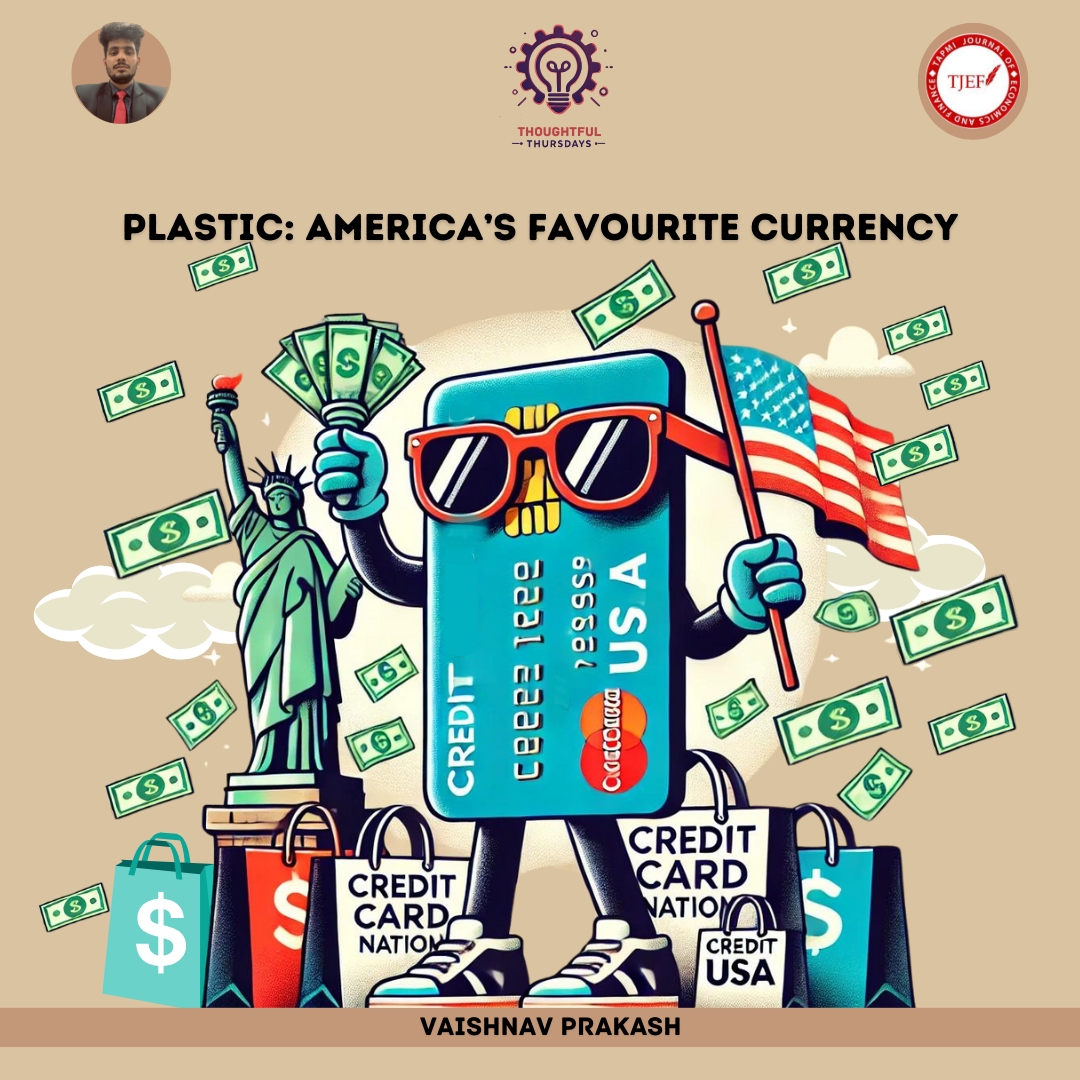


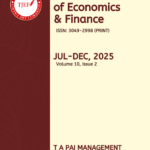
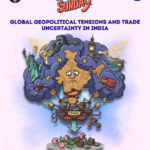


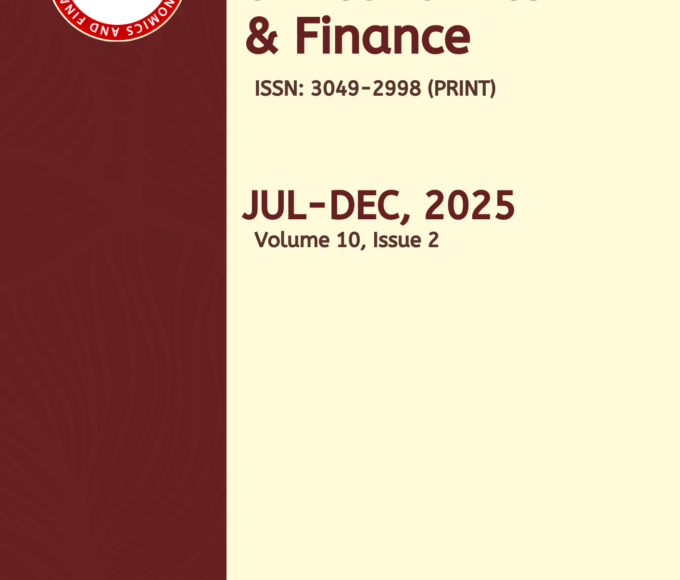
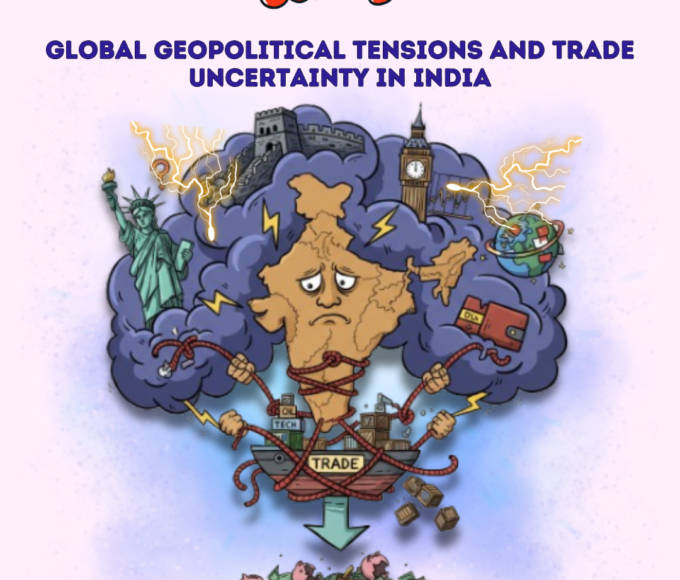
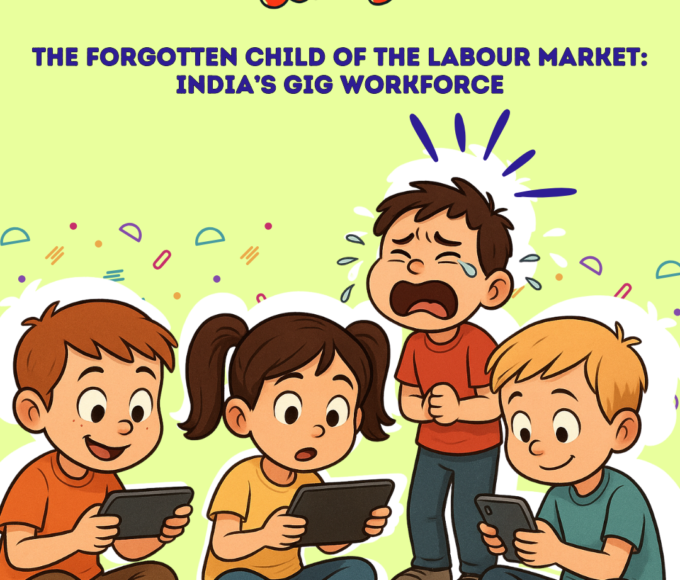
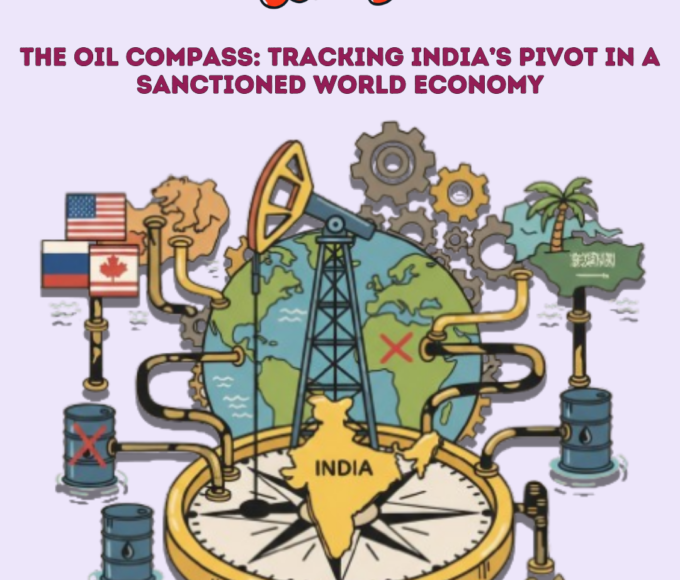
Leave a comment